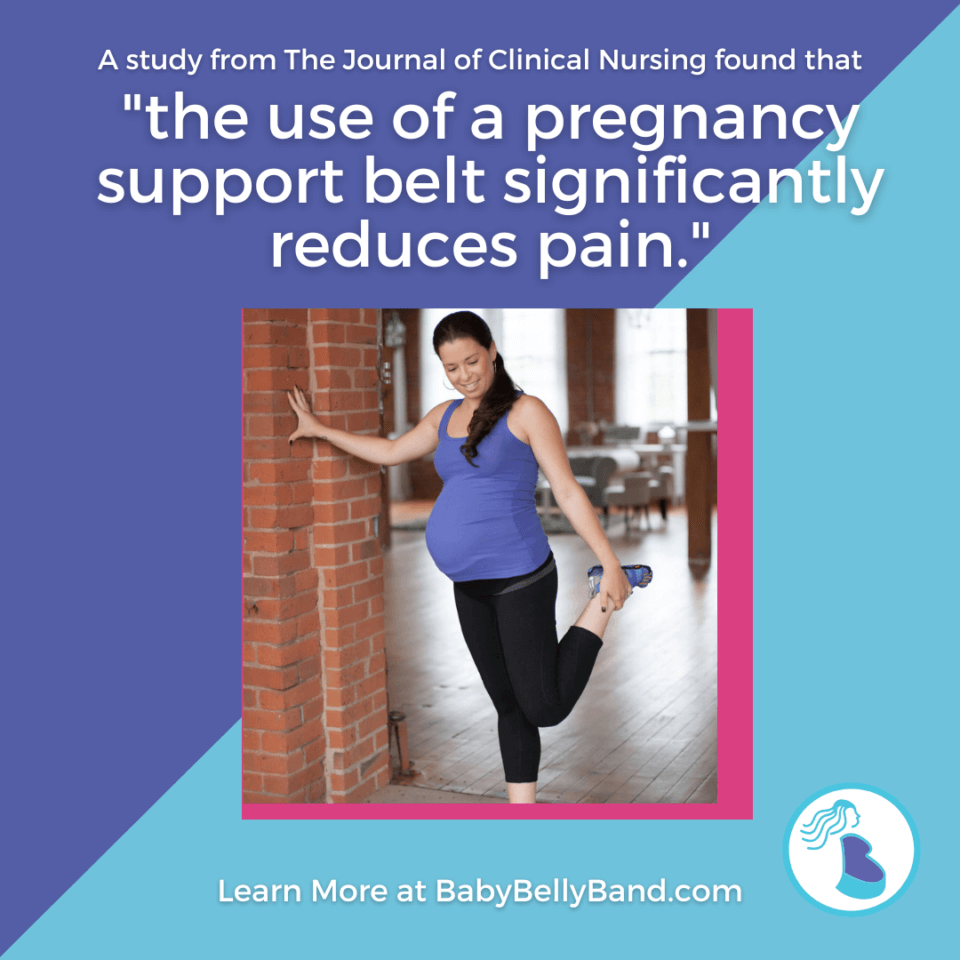Symphysis Pubis Dysfunction (SPD)

The content below was summarized from the following Medical News Today article.
Symphysis pubis dysfunction (SPD) involves discomfort at the front or back of the pelvic joints. Pelvic girdle pain is another name for this condition.
The two pelvic bones meet at the symphysis pubis joint, which is at the front of the pelvis. Dense ligaments stabilize the joint. In people with SPD, the ligaments become stretchy or relaxed, which leads to instability of the pelvic joint, causing discomfort.
SPD can lead to significant pain and affect a person’s quality of life. However, both medical treatments and home remedies may provide symptom relief.
Symptoms
The symptoms of SPD can be mild or severe. The most common symptom is pain in the pelvic area. The pain, which people often describe as shooting or aching, can spread to other areas of the lower body, such as the upper thighs, lower back, and perineum.
Some people with SPD experience:
- a clicking sound in the pelvis
- difficulty walking
- trouble urinating or incontinence, in some cases
- pain that worsens with weight bearing activities, such as climbing the stairs
Causes
During pregnancy, the body’s center of gravity changes, which may affect posture and lead to pain. Additionally, the body releases the hormone relaxin to soften the ligaments, which allows the pelvis to open up and accommodate childbirth. This effect can also lead to SPD.
Doctors do not understand exactly why some women develop SPD in pregnancy, while others do not. However, certain factors may increase the risk, including:
- having overweight or obesity before pregnancy
- having an injury to the pelvis
- having a history of lower back pain
- experiencing pelvic pain in a previous pregnancy
Diagnosis
A doctor will diagnose SPD after reviewing the person’s symptoms and carrying out both a physical exam and a medical history check.
They may sometimes also use ultrasound to rule out other conditions.
Side Effects
Research indicates that pelvic girdle pain is severe in about 20% Severe pain can interfere with mobility and normal daily activities. Walking may feel painful and unstable.
Emotional issues may also develop as a result of SPD-related pain. In one study, women reported feeling irritable, guilty, upset, and frustrated due to SPD. When pain affects mobility, it can also lead to social isolation, and there is a risk of pain medication abuse.
Treatment
Both medical treatment and home remedies may help treat SPD. The severity of the pain will determine the treatment options. During pregnancy, not all treatment is appropriate. Always talk to your doctor.
Treatment may include the following:
- Soft tissue therapy
- Stretching
- Pain medication
- Wearing a pregnancy support belt
The Journal of Clinical Nursing found that a pregnancy belt supports the pelvic bones and helps maintain correct alignment. The belt may provide short-term pain relief. Specifically, a study involving 46 pregnant women with pelvic girdle pain found that the use of a pregnancy support belt significantly reduced pain.
Relieve your pain with a Baby Belly Band pelvic support kit.
Read the full article from Medical News Today.
Read the full abstract from the Journal of Clinical Nursing.
